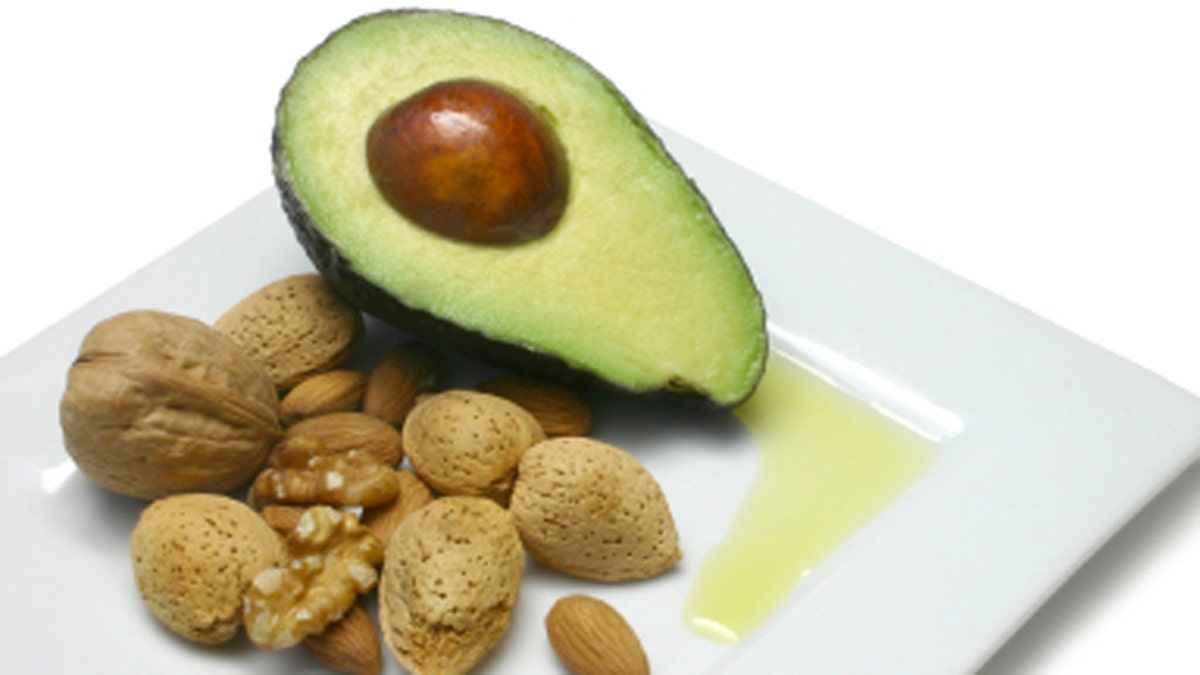
It’s time to let go of your fear of fat. Just like cholesterol, there are both good and bad types of fat, and including the right types of fat into your diet is a key player in overall health and wellbeing. Fat is an essential nutrient, and our bodies need it to function.
It’s true, consuming unhealthy fat in excess can hamper your health. Saturated fats are found in animal based foods such as meat, eggs, and dairy products. They are notorious for clogging arteries, because saturated fat increases LDL also known as “bad” cholesterol. Trans fats come from hydrogenated fat products such as margarine and vegetable shortening, and packaged snack foods like cookies and chips. These fats not only increase LDL, but also lower HDL or “good” cholesterol.
It’s important to limit your intake of bad fats, but it’s imperative to incorporate good fats into your diet for optimal health. Fatty fish like salmon are fully of polyunsaturated fats, which reduce LDL cholesterol. Monounsaturated fat, found in foods such as nuts and olive oil, not only reduce LDL but increase HDL as well! These fats help the body absorb and benefit from vitamins and minerals found in food. Fats also keep us feeling full and satisfied.
So how do you make sure to get more of the good stuff and less of the bad? Well, turn your attention away from total fat on a nutrition label, and look at the specific types of fat listed underneath total fat. For example, nuts have a high fat count, but it’s mostly comprised of monounsaturated fat, making them a good for you snack option. Another quick trick is to eyeball it. If fat is liquid at room temperature, such as olive oil, then it’s most likely a healthy fat. A fat that is solid at room temperature, like butter, is probably an unhealthy fat. By deciphering the good from the bad, you can make better choices for overall health.
Tanya Zuckerbrot MS, RD, is a nationally known registered dietitian based in New York and the creator of a proprietary high-fiber nutrition program for weight loss, wellness and for treating various medical conditions. Tanya authored the bestselling weight loss book The F-Factor Diet, and she is the first dietitian with a national line of high-fiber foods, which are sold under the F-Factor name. Become a fan of Tanya on Facebook, follow her on Twitter and LinkedIn, and visit her website Ffactor.com.
